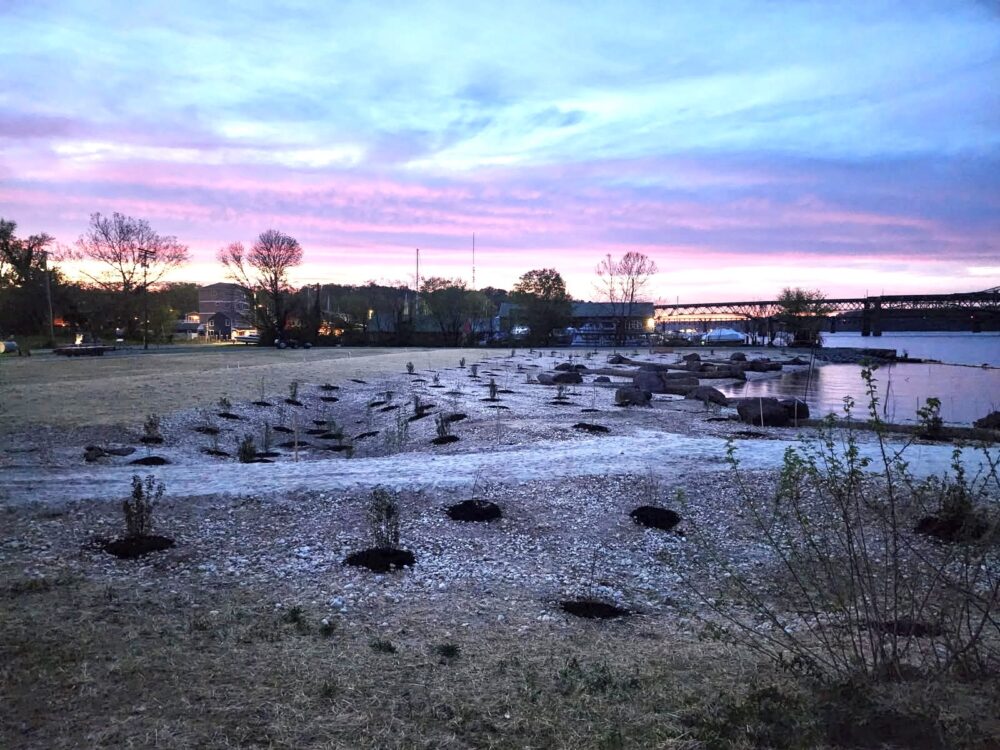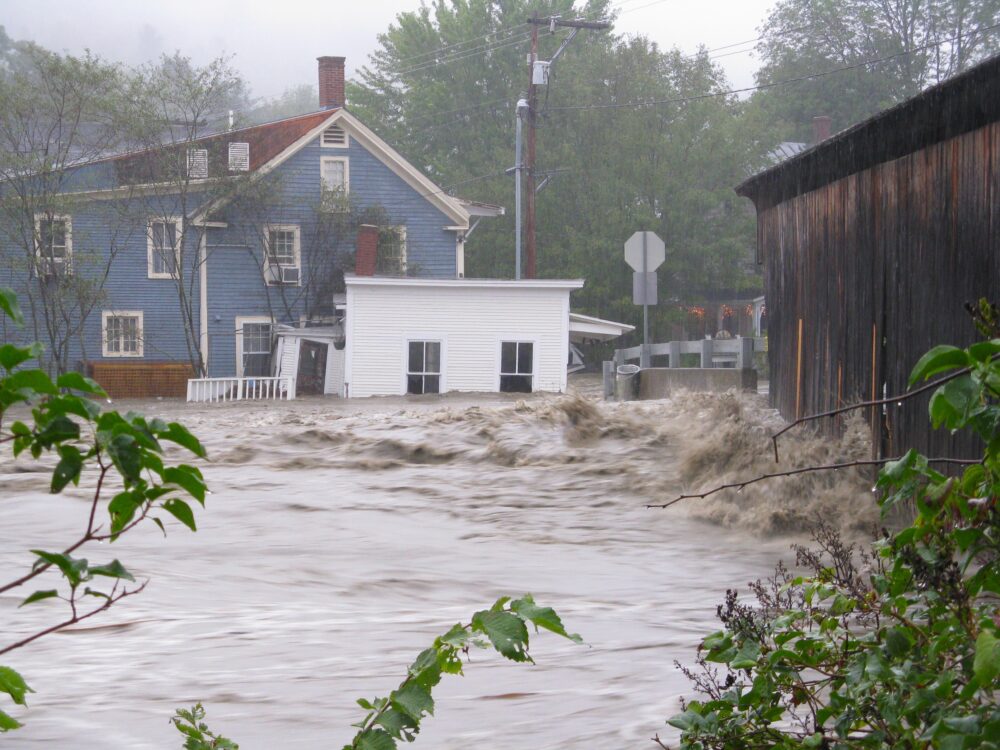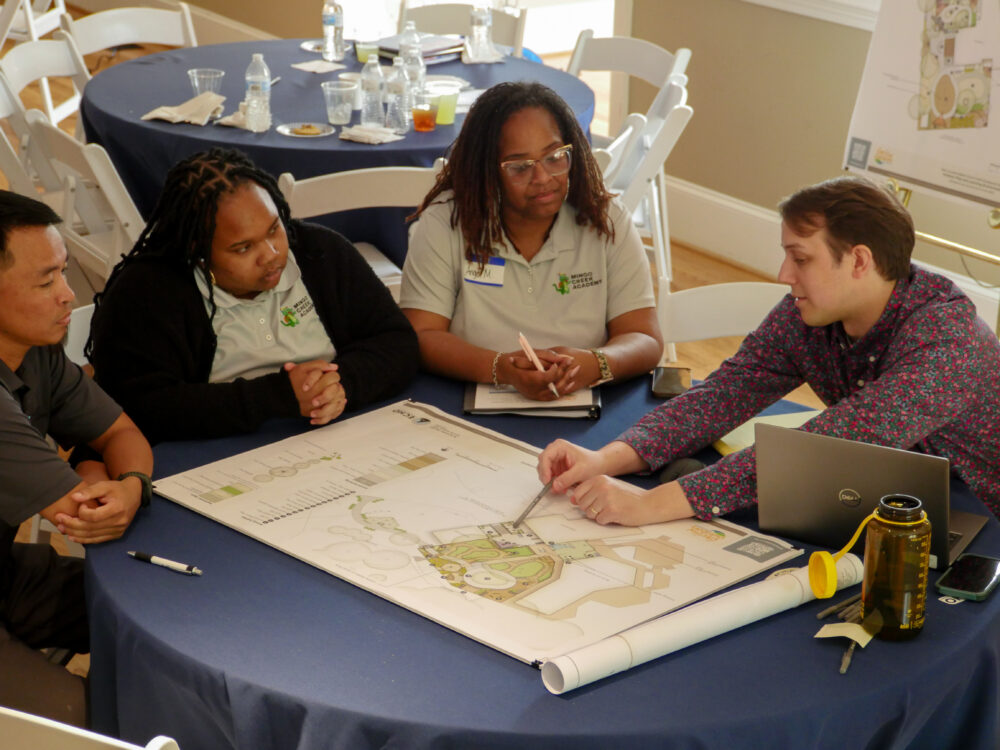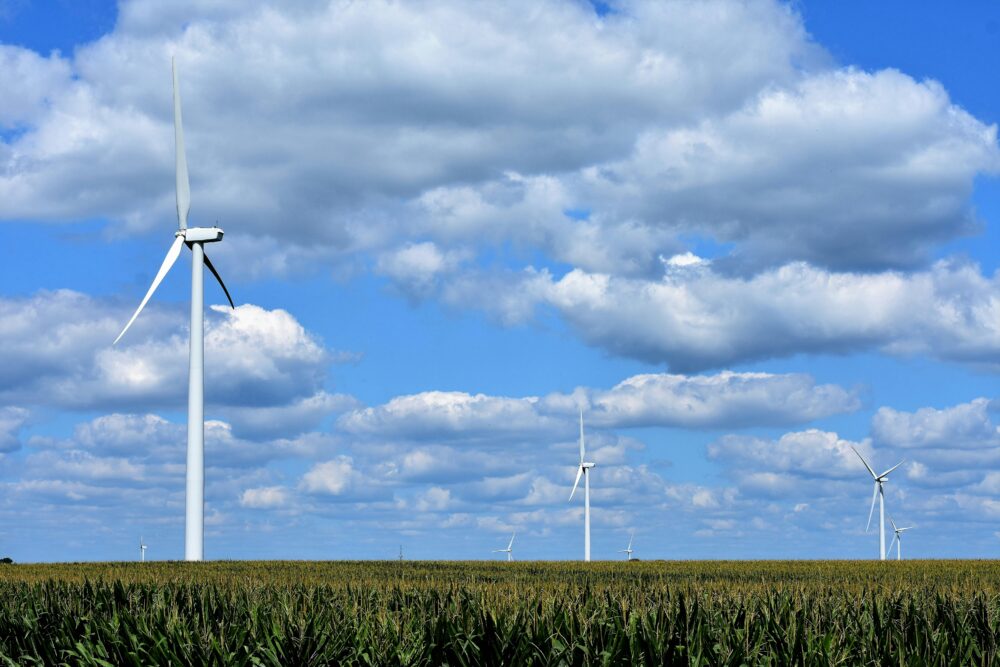We have much more to do and your continued support is needed now more than ever.
15 Years Later: Reflecting on the Deepwater Horizon Oil Spill’s Legacy in the Gulf
What We’ve Learned, What We’ve Gained, What’s Next
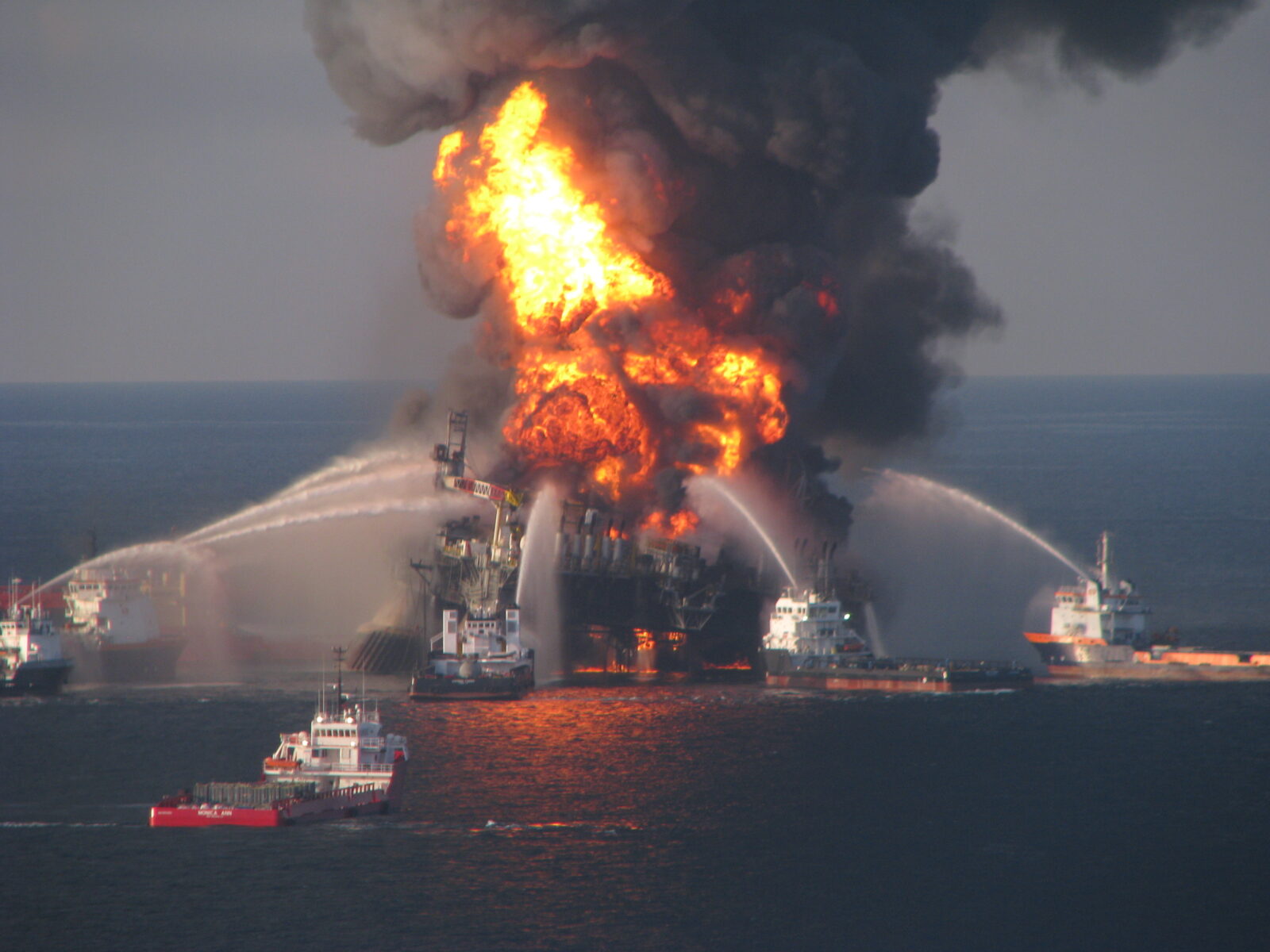
This is the first of a three-part blog series highlighting 15 key takeaways about the Gulf’s recovery since the Deepwater Horizon oil spill 15 years ago—its wildlife, restoration successes, and the urgent need for continued investment for environmental and economic success. Read the second and third blogs in the series.
Fifteen years ago, the Deepwater Horizon oil disaster devastated the Gulf, spilling more than 134 million gallons of oil into the ocean and leaving lasting scars on wildlife, coastal communities and local economies. From the deep-sea corals to the shorelines of Louisiana, the spill reshaped the Gulf Coast in ways we are still uncovering today.
But this isn’t just a story of loss—it’s also a story of resilience, science-driven restoration and the power of smart investments. Thanks to the largest environmental legal settlement in U.S. history, billions of dollars have gone toward restoring marshes, rebuilding oyster reefs, protecting wildlife and strengthening the Gulf’s natural defenses. And we’ve seen real progress: brown pelicans are returning to restored nesting grounds, new oyster reefs are taking shape and large-scale wetland projects are bringing life back to disappearing coastlines.
Yet, our work is far from done. Many species, like the Kemp’s ridley sea turtle and Rice’s whale, are still struggling. Deep-sea corals haven’t recovered. And with BP settlement funding set to expire by 2032, the future of Gulf restoration is at a crossroads. Without new, long-term funding sources, we risk losing the hard-won progress of the last 15 years.
In this three-part series, we’ll explore:
- What we’ve learned – The state of Gulf wildlife and the biggest takeaways from post-spill research.
- What we’ve gained – Restoration success stories that prove smart investments work for people and wildlife
- What’s next – The bold actions we must take to secure the Gulf’s future.
The Gulf is more than a region—it’s an ecological powerhouse, an economic engine and a cultural cornerstone of America. Now is the time to double down on our commitment to its future.
5 Key Findings on Gulf Species
What’s recovering, what’s struggling, and what research is still needed?
Deep-Sea Corals: Struggling to recover

The Deepwater Horizon oil disaster impacted more than 700 square miles of deep-sea habitat, including deep-sea coral reefs. Fifteen years later, deep-sea corals that were heavily impacted by oil have still not recovered and continue to show signs of degrading health.
Scientific research is ongoing to find the best restoration techniques for improving the health of Gulf deep-sea corals, which provide essential habitat for many commercially and recreationally important species of marine life for food, shelter and breeding grounds.
Sea turtles: Hidden long-term effects
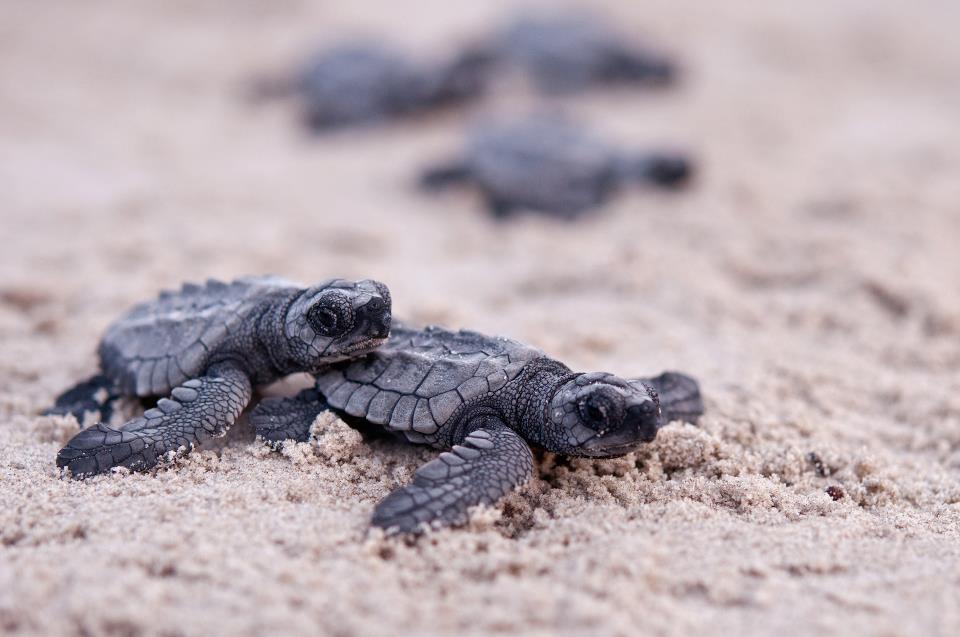
Sea turtles in the Gulf were exposed to oil as it spread in the open ocean, the nearshore and on coastal beaches, resulting in the death of more than 60,000 sea turtles. Even today, researchers are finding evidence of lingering health impacts on some Kemp’s ridley sea turtles, such as abnormal hormone levels that can affect metabolism and other body processes.
Restoration efforts for sea turtles so far have focused on developing technologies to reduce turtle mortality due to reef fish bottom longline fishery, enhancement of the Sea Turtle Stranding Network in several Gulf states, protecting and conserving sea turtle nesting habitat in Florida, and updating and improving lighting fixtures to reduce the amount of light impacting nesting sea turtles. NWF also collaborates with local communities to update lighting ordinances and implement wildlife-friendly lighting solutions that minimize disruptions to nesting and hatchling sea turtles, ensuring a safer path to the ocean.
Brown pelicans: A comeback story
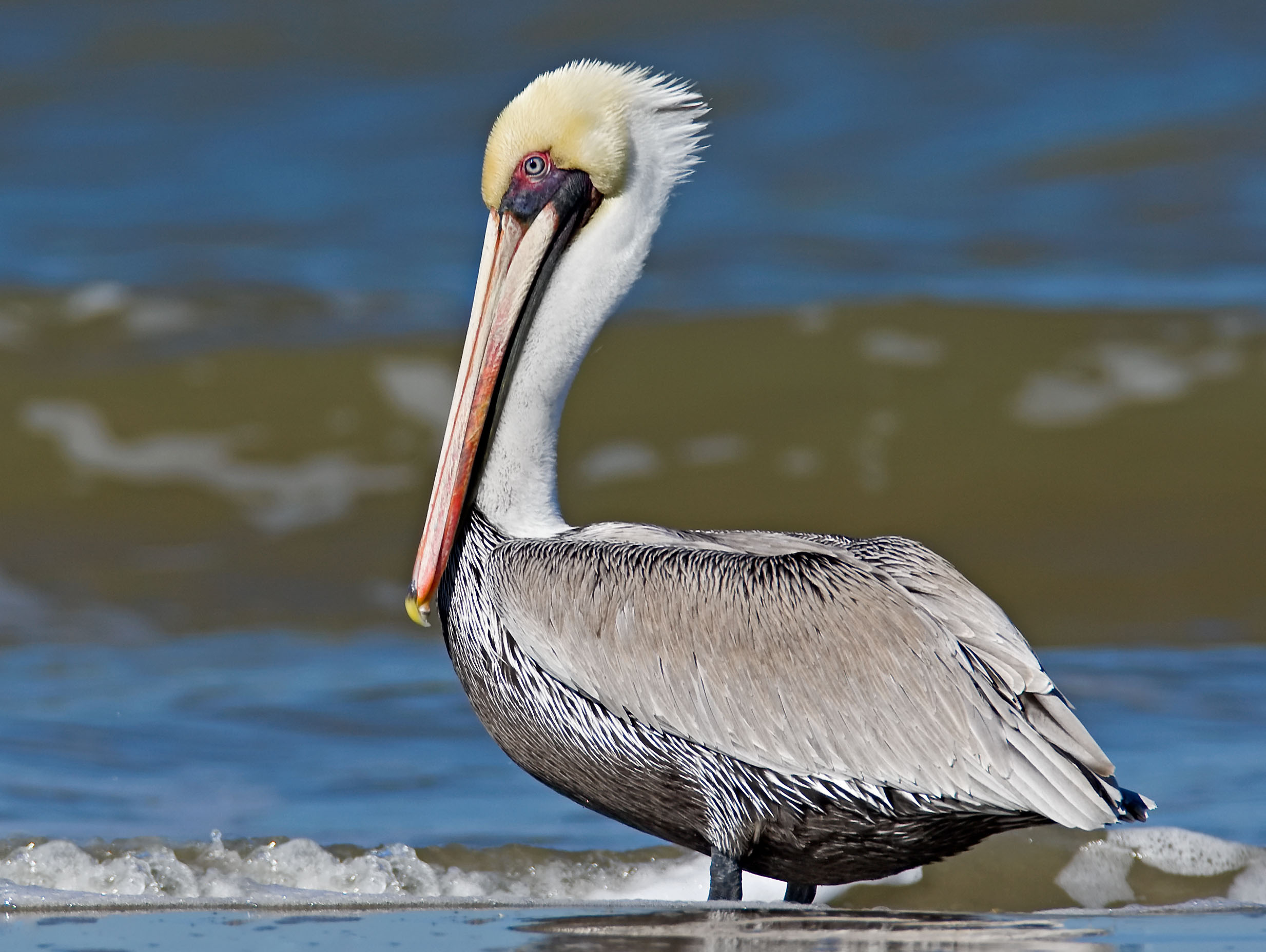
As many as 27,000 brown pelicans in the northern Gulf died due to the spill. Oil also directly impacted and even led to the loss of critical nesting habitat. However, in years since the spill, funding has been used to restore and expand habitat, like Louisiana’s Queen Bess Island which provides critical nesting ground.
In 2023, more than 6,000 brown pelican nests were estimated to be on the restored island, showing that targeted investments are helping this iconic species rebound.
The mystery of missing whales

The oil spill contaminated marine mammal habitats in the northern Gulf of Mexico, resulting in death, reproductive failure, and adverse health effects. A 2024 study found that the density of several whale species have steeply declined in the Gulf since the spill, and may suggest long-term ecosystem shifts. Since 2010, a new species of whale has been identified in the Gulf, the Rice’s Whale.
Once thought to be Bryde’s Whales, the Rice’s Whale stays in the Gulf year-round. With a population of fewer than 100, the whales’ population dwindled by an estimated 22% following the oil spill disaster. Restoration efforts for marine mammals in the open ocean have focused on decreasing vessel collisions and reducing human-caused underwater noise.
What we still don’t know: Research gaps
A large body of scientific research followed the Deepwater Horizon Oil Spill to understand the impacts of the spill and the response. Fifteen years later many questions remain: What is the long-term impact of oil exposure on sea turtles and marine mammals in the open ocean since they spend most of their time underwater, are difficult to monitor, and take several years to reach maturity? Are there long-term detrimental effects of using dispersants to break up oil slicks on the people, the environment, and wildlife?
You can support NWF’s work to help brown pelicans, sea turtles, corals and whales through wildlife research and habitat restoration.







